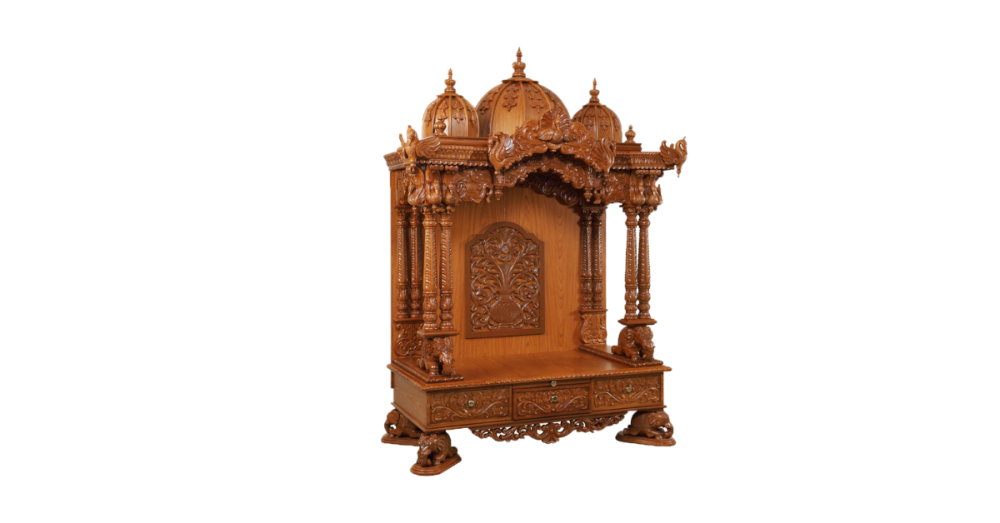Notifications

4 minutes, 29 seconds
-306 Views 0 Comments 0 Likes 0 Reviews

A Pooja mandir for home is not just a place of worship—it is the spiritual heart of the household. When thoughtfully placed and designed according to Vastu Shastra, it brings harmony, prosperity, and peace into the living space. Vastu, the ancient Indian science of architecture, offers clear guidelines to help align a mandir with positive cosmic energies. Selecting the right mandir with these principles in mind ensures that your sacred space enhances both aesthetics and spiritual balance.
According to Vastu, the northeast direction—also known as the Ishanya corner—is considered the most auspicious for a pooja space. This is believed to be the zone of divine energy, where natural light flows in abundance and spiritual vibrations remain strong. If the northeast is not available, the east or north directions are the next best alternatives. It’s important to avoid placing the mandir in bedrooms, near bathrooms, or under staircases, as these areas may carry lower energy frequencies that are not suitable for worship.
The room or space selected should be quiet, clean, and undisturbed. Whether you live in a spacious house or a compact apartment, the placement of a Pooja mandir for home should reflect a clear separation from daily distractions, offering a peaceful retreat for prayer and meditation.
The design and material of the Pooja mandir play a vital role in influencing the flow of energy. Wooden mandirs, particularly those made from teak or sheesham, are highly recommended for their grounding properties and spiritual symbolism. They add warmth, elegance, and a traditional aura to the space. Marble is also considered sacred and pure, making it another favorable material for mandirs.
The structure should be elevated slightly above ground level. Placing idols or images directly on the floor is discouraged in Vastu. A mandir with a platform or base creates a respectful height that aligns with spiritual traditions. It's also ideal to have doors on the mandir to maintain sanctity and protect the space when not in use. The use of domes or kalash designs at the top of the mandir is also seen as a positive architectural element, symbolizing connection with the divine.
Storage cabinets for incense, prayer items, and holy books can be incorporated into the mandir’s base, but should remain clutter-free. Simplicity, cleanliness, and intentional design are key to maintaining a spiritually uplifting environment.
Selecting the right Pooja mandir for home according to Vastu is a thoughtful process that involves balancing tradition, design, and spiritual intention. From choosing the ideal direction and material to ensuring the layout complements your home’s energy, every detail contributes to creating a space of divine resonance.
Ananta Artifacts brings you exquisitely handcrafted Pooja Mandirs that blend timeless artistry with spiritual grace. Each mandir is meticulously designed to enrich your sacred space, offering a serene and divine ambiance for your home. Experience the perfect union of tradition and craftsmanship with Ananta Artifacts.
A well-placed, beautifully crafted mandir becomes more than just a physical structure it becomes a channel for spiritual growth, inner peace, and a deeper connection with the divine.

